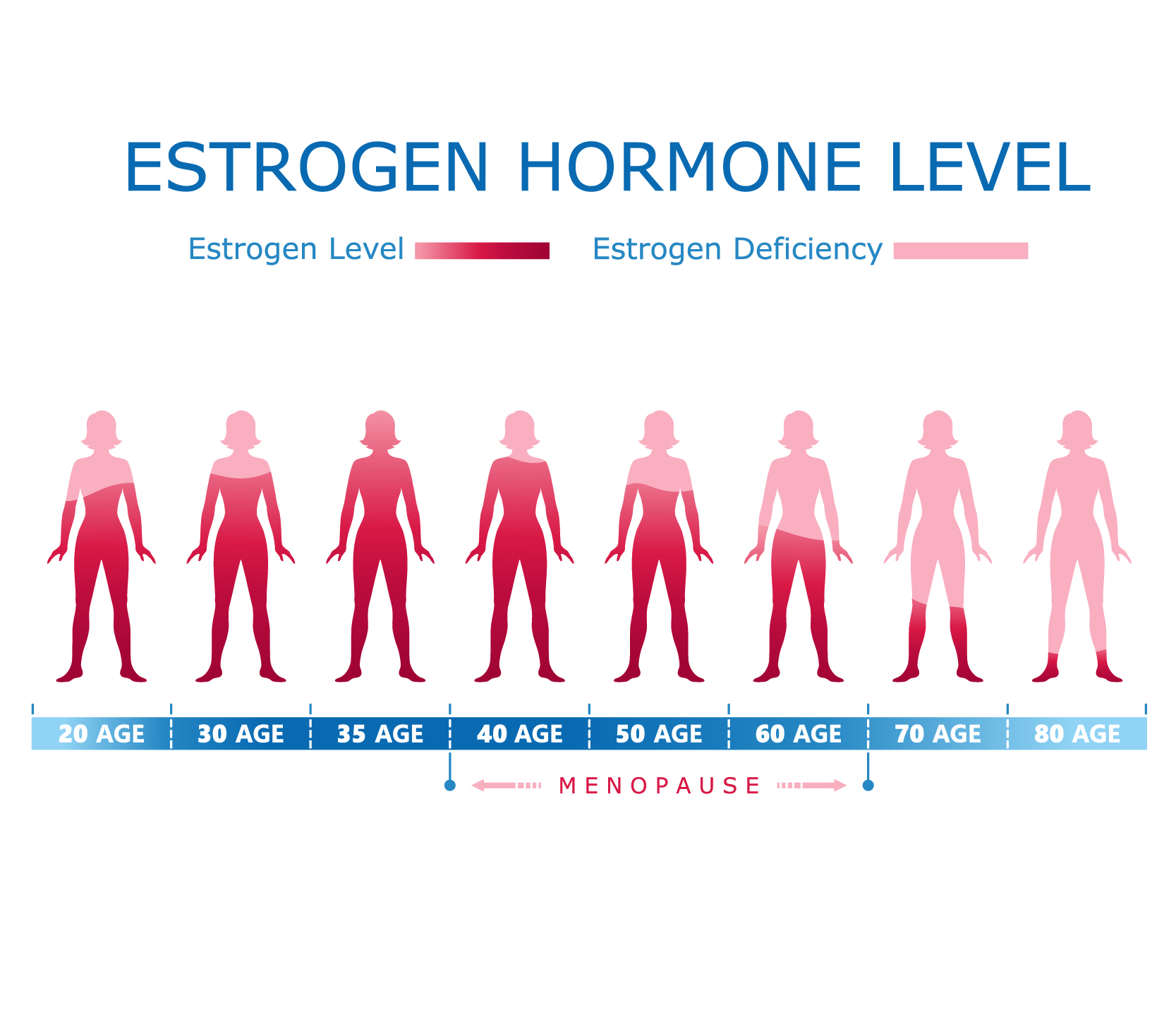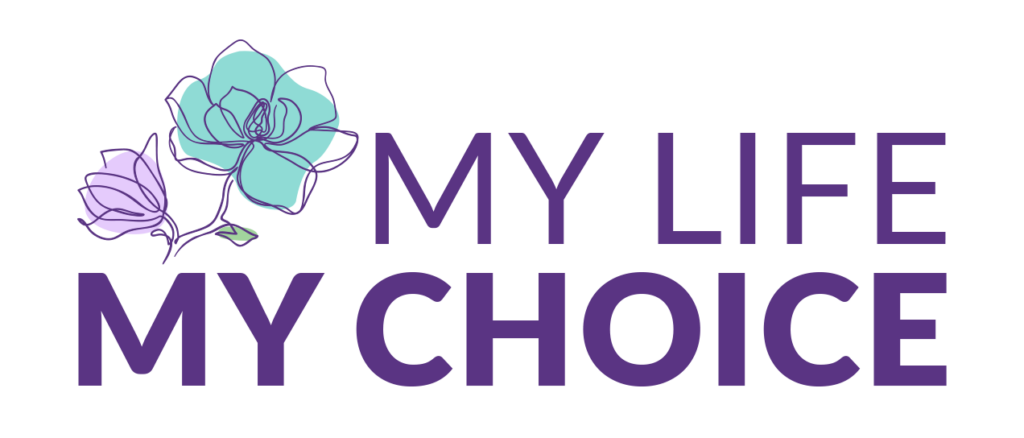What is Menopause? – An Evolutionary Shift1
As the curtains rise on a new chapter of life, menopause takes center stage. This natural transition, though accompanied by changes, offers women an opportunity for growth and empowerment. In this blog post, we will demystify menopause, exploring its definition, common signs and symptoms, the wide-reaching impact on women’s lives, available treatment options, and the importance of maintaining bone health, quality of life, and sexual well-being. Join us as we embark on a journey of understanding and celebration.
Menopause is the stage when a woman’s menstrual cycles cease permanently, signaling the end of her reproductive years. This occurs due to hormonal changes – primarily due to a decline in the production of the oestrogen.

What Signs and Symptoms will I experience? – Navigating the Waves of Change
Menopause brings a range of signs and symptoms, some, among others, include the following 1:
(a) Irregular Periods: This means that your menstrual cycles may become unpredictable, with variations in frequency and flow before eventually stopping.
(b) Hot Flushes and Night Sweats: You may experience sudden waves of intense heat and sweating (also known as ‘hot flushes’) that can disrupt your daily life and sleep patterns.
(c) Vaginal Dryness and Discomfort: Your declining hormone levels can lead to vaginal dryness, itching, and discomfort during intercourse.
(d) Mood Swings and Emotional Changes: Your hormonal fluctuations can contribute to mood swings, irritability, and feelings of anxiety or sadness.
How will I be Affected? – A Universal Journey1:
Menopause is a natural phase experienced by all women as they age. The average age of onset is around 51, but it can occur earlier or later depending on individual factors such as genetics and lifestyle choices.
How will I know when I have reached menopause? Embracing Clarity on Your Terms1 2:
Menopause is typically diagnosed based on your symptoms and the absence of your menstrual periods for 12 consecutive months. In some cases, healthcare providers may draw blood to test for certain hormone levels to confirm this transition.
What are my treatment options? – Empowering Choices for a Smooth Transition2 4:
Various treatment options are available to manage your menopause symptoms and support your well-being. These include some of the following:
(a) Non-Hormonal Approaches: Lifestyle modifications such as regular exercise, a balanced diet and stress management techniques, and avoiding triggers like caffeine, smoking and alcohol can provide some relief from the symptoms you experience.
(b) Hormone Therapy: Oestrogen therapy, alone, or in combination with progesterone, can help alleviate your symptoms such as ‘hot flushes’ and vaginal dryness. Consulting a healthcare practitioner and discussing the most suitable therapy for you as well as the potential risks will aid in reassuring you.
Speak to your healthcare practitioner about Actor Pharma’s solution for menopause hormone therapy.
Bone Health and Osteoporosis – Building a Solid Foundation Brick by Brick1 2 3:
Menopause brings an increased risk of osteoporosis. This is a condition characterized by decreased bone density. Being proactive such as doing weight-bearing exercises; ensuring that you take adequate calcium and vitamin D; and considering medications such as some hormone replacement therapies and other medications, can help protect your bone health.
Quality of Life and Sexual Health – Embracing Yourself1:
Menopause impacts a woman’s overall quality of life and sexual health. Open communication with your healthcare provider and your partner can address certain concerns such as: vaginal dryness; libido changes; and different treatment options. These options will enhance your well-being and help maintain sexual intimacy.
Disclaimer: The information provided in this blog post is for educational purposes only and should not replace professional medical advice.
References:
1. The Mayo Clinic. (2021). Menopause. Retrieved from https://www.mayoclinic.org/diseases-
conditions/menopause/symptoms-causes/syc-20353397
2. The Mayo Clinic. (2021). Menopause: Diagnosis and treatment. Retrieved from https://www.mayoclinic.org/diseases-conditions/menopause/diagnosis-treatment/drc- 20353401
3. The North American Menopause Society. (2015). The 2017 hormone therapy position statement of The North American Menopause Society. Menopause, 24(7), 728-753
4. The Office on Women’s Health: Menopause symptoms and relief. (2021). Retrieved from https://www.womenshealth.gov/menopause/menopause-symptoms-and-relief
Editor: Dr Liesl Brown Ph.D

Understanding Oral Contraception
Endometriosis Facts
Emergency Contraceptives
Empowered Menopause